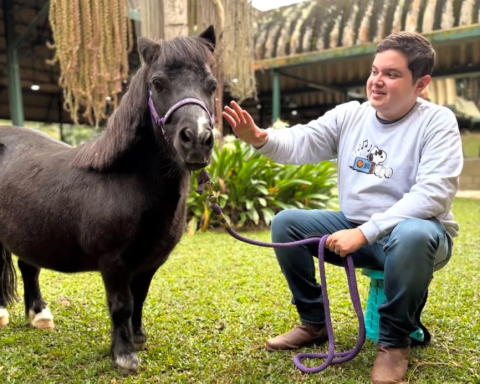The years following the pandemic, as predicted in 2021, have been a period of transition that tested the resilience of economies around the world, in aspects such as investment and labor market protection, the implementation of reactivation plans and the opening and evolution of markets, to adapt to new needs.
While countries like Colombia are still struggling to stay afloat, it should not be overlooked that they have held on and have even shown strength beyond expectations. This is a trend that has been characterizing Latin America and is highlighted in a recent report on the world’s economic resilience.
Pension reform will lead to a drastic reduction in private funds, says Moody’s
The Swiss Re Institute presented its update of the Resilience Index 2024, which assesses the ability of economies and insurance systems to absorb and recover from economic shocks. This report analyses how the economic recovery after Covid-19, together with monetary and fiscal policy, has influenced global resilience.
Latin America.
AFP
Moderate resilience
In the case of Latin America, with an emphasis on Colombia, this analysis maintains that last year, the resilience or endurance capacity of the economy grew by 7%, compared to 2022. Thanks to this, according to Swiss Re, the losses left by the pandemic were recovered and the development and progress of nations was put on track, which, although not at optimal levels, at least released the negative outlook.
“This increase was driven by greater room for manoeuvre in monetary policy and higher than expected economic growth. However, modest growth is expected for 2024 of 1% due to persistent inflation and rising debt levels,” they said.
On the other hand, the region showed moderate resilience with a resilience index of 0.28 in 2023. With this, fiscal and monetary capacity remains limited, with challenges such as high inflation and market volatility.
“Emerging markets in Latin America, such as Mexico and Brazil, faced significant resistance due to the strength of the US dollar and capital outflows. Despite these challenges, domestic demand remained relatively stable,” they said in another section.

Dollars.
THE TIME file
Ups and downs
To better understand how resilience is developing in the region, this report analyzed three key factors of the economy: the capacity to react and prepare for possible natural disasters, the need for insurance and the state of health systems.
The first shows that the global resilience rate improved, reaching a rate of 25.7% in 2023. This was partly due to a higher proportion of insured severe storms. The region showed low resilience with a rate of 9.4% in 2023; while the natural catastrophe protection gap was estimated at US$30 billion, highlighting the need to improve insurance coverage for events such as earthquakes and floods.
Where did the Colombians who escaped poverty in 2023 go?
At this point they also make clear that events such as El Niño and La Niña have had a significant impact on the region, causing droughts and floods that affect agricultural production and food security; which could have a serious impact on the balance sheets for 2024.

Inflation
iStock
They then focused on global insurance resilience, which they say remained stable at 58%, with improvements in mortality and health resilience in emerging markets, but weaknesses in some advanced regions.
“Insurance resilience in Latin America was 505%, showing an improvement “The growth in the region continues thanks to increased penetration of health and life insurance. The protection gap in the region was US$151 billion, reflecting a growth in the need for insurance. The region has seen an increase in the adoption of private insurance, driven by economic growth and greater awareness of the importance of financial protection,” they highlighted.
Finally, in terms of health, Swiss Re reported that global insurance resilience remained stable at 58%, with improvements in mortality and health resilience in emerging markets, but weaknesses in some advanced regions. In Latin America, they say there is growth in the adoption of private insurance, driven by economic growth and greater awareness of the importance of financial protection.
Three business groups will compete for the modernization of the San Andrés airport
Climate change alert
In another section, the experts in charge of this report focused on the levels of food security and the risk that climate change is generating against the pursuit of this objective, showing that the El Niño and La Niña phenomena had a negative impact on agricultural production.

Climate change
Private file
“Agricultural insurance penetration must be improved to protect farmers from financial losses due to adverse weather events. Crop protection has become more critical due to climate change, which increases the frequency and intensity of extreme events that can devastate agricultural production,” they explained.
With this in mind, the “Resilience Index 2024” concluded by highlighting that Latin America’s economic and insurance recovery capacity is strong, but needs a boost to avoid losing momentum. They also concluded that despite improvements in certain aspects, the region faces significant challenges in terms of fiscal and monetary capacity, as well as insurance coverage for natural disasters and health.
“To improve resilience, it is crucial to increase insurance penetration and develop policies that address long-term economic vulnerabilities. Strategies include implementing public-private partnerships, modernizing infrastructure and health systems, and promoting education and digitalization.” in risk management and distribution of insurance products,” they concluded.


















